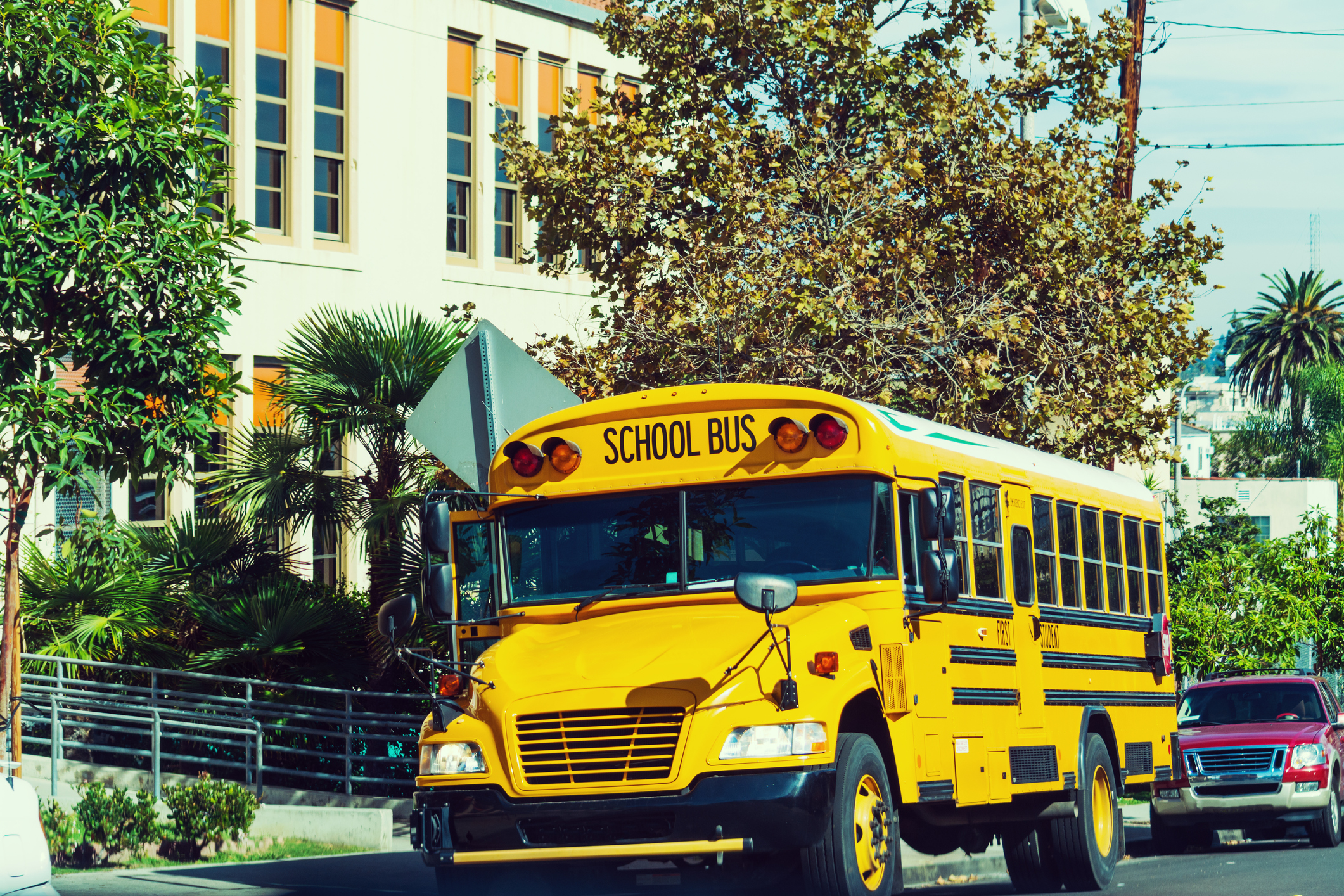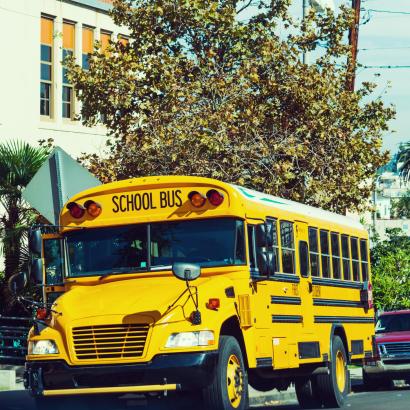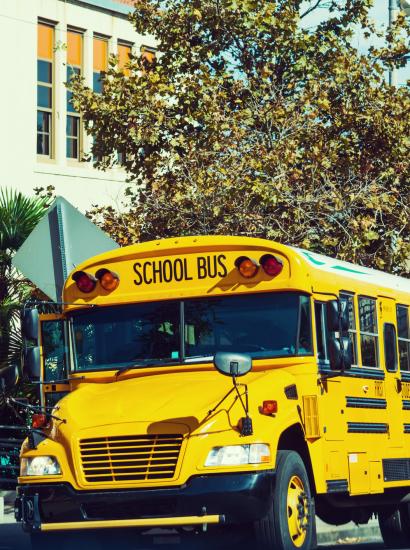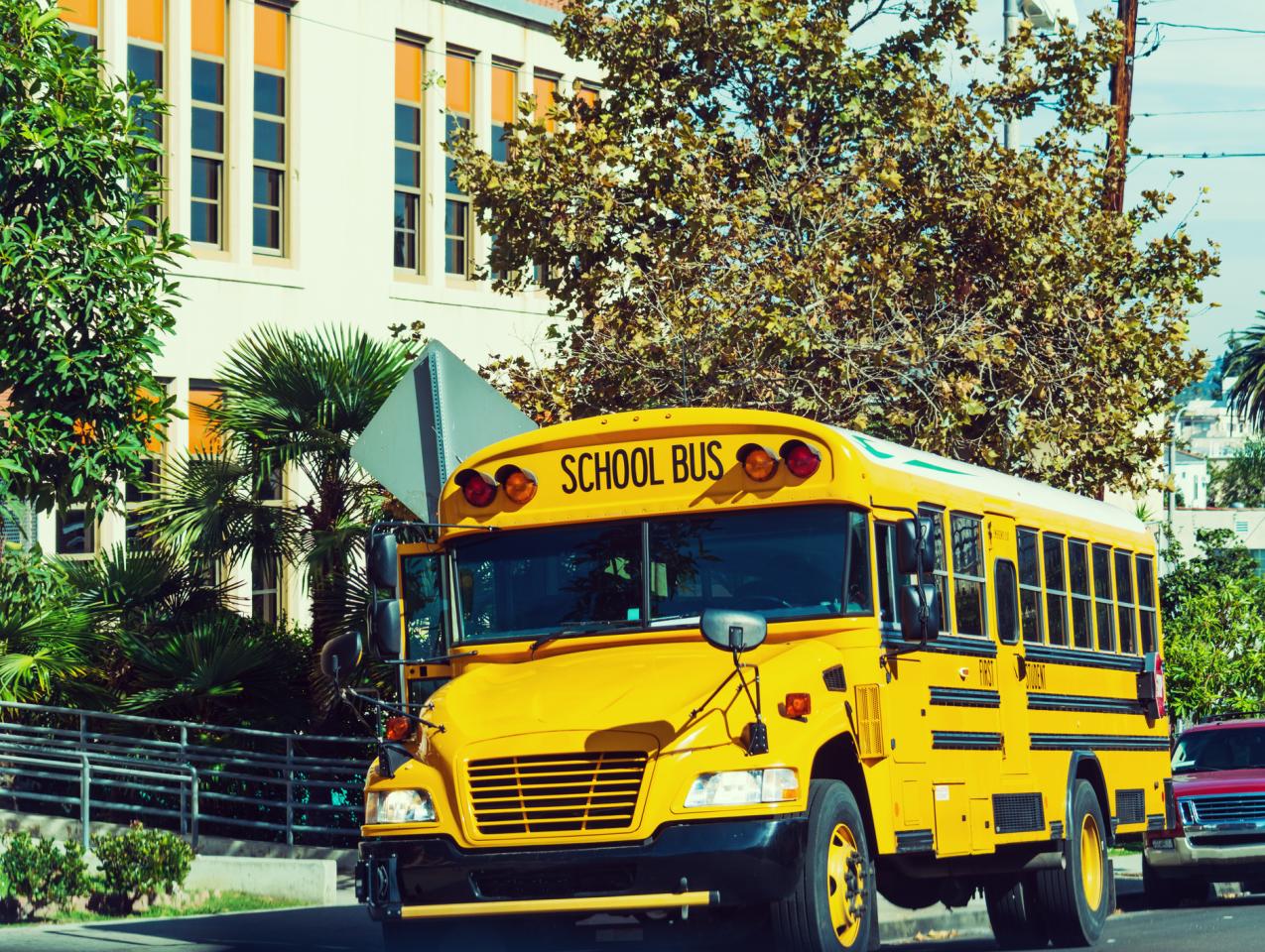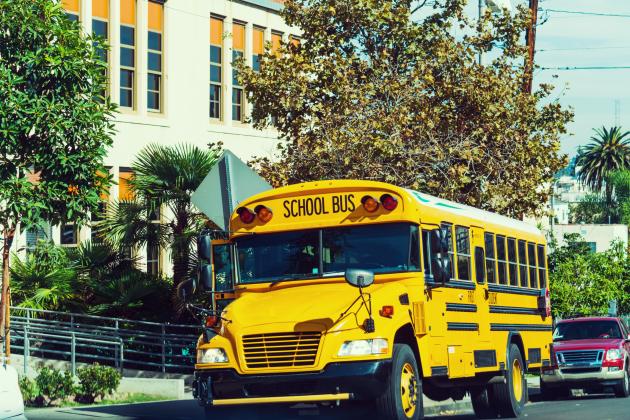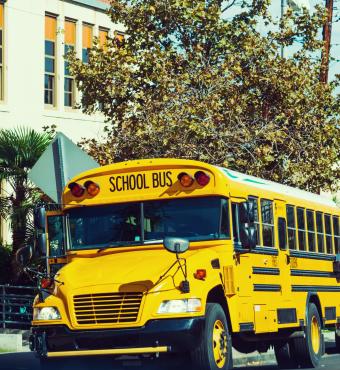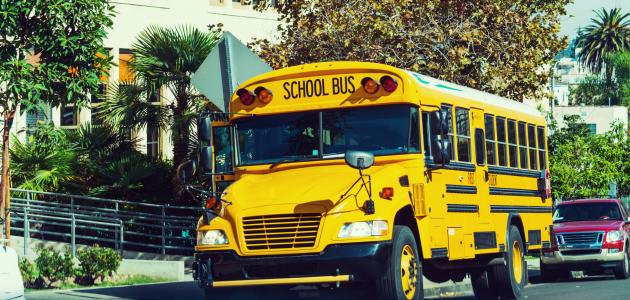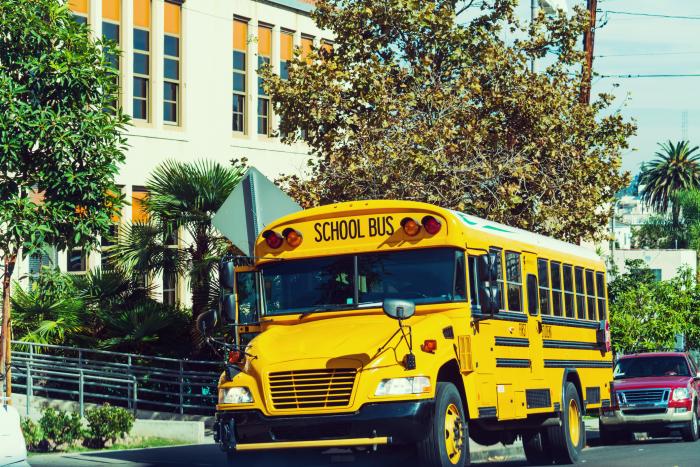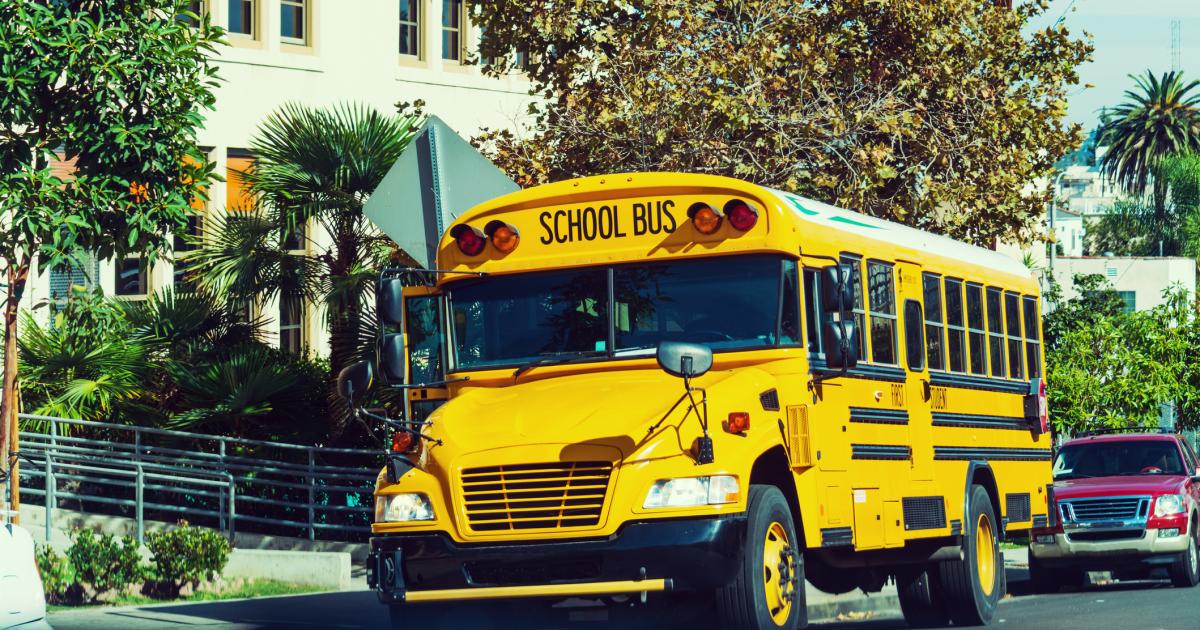- Education
- Politics, Institutions, and Public Opinion
- State & Local
- California
By this month’s end, an annual California migration will have occurred—a mass movement that, in sheer numbers, puts the swallows of San Juan Capistrano to shame.
That end-of-the-summer ritual: well over six million California kids, pre-teens, and teens entering for the first time or returning to some ten thousand schools scattered across one thousand school districts statewide.
On paper, these should be the best of times for California schools. The 2019–20 state budget signed into law by Governor Gavin Newsom provides a record total funding of $103.4 billion for all K–12 education programs.
California per-pupil spending has risen by at least 50 percent since the end of the Great Recession, as the result of a voter-approved tax increase and rising property tax revenue.
But apparently that’s not good enough for some in power. “We’re still forty-first in the nation in per-pupil funding,” Newsom declared in his February State of the State address. “We need to have an honest conversation about how we fund our schools at a state and local level.”
An “honest conversation” begins with the question of whether California is indeed in the bottom ten of states in education.
That “forty-first in the nation” statistic comes from a 2017 report by the left-leaning California Budget and Policy Center. It assigned California that ranking “after adjusting for differences in the cost of living in each state.”
On the other hand, this 2018 analysis compiled by the state’s Legislative Analyst’s Office ranked California twenty-ninth in per-pupil spending.
Meanwhile, this WalletHub analysis placed California thirty-eighth in the nation (ahead of South Carolina but one behind Michigan) based on twenty metrics having to do with quality and safety.
Yes, there are moments that remind us of the nobility of a life dedicated to inspiring young minds. Last October, the state’s superintendent of public instruction named five extraordinary educators as California Teachers of the Year for their contributions in the disciplines of English, art, government, agriculture, and agriculture.
Equally, there are moments that remind us of the brilliance of the mosaic that is California’s forty million residents.
Last May, a seventh-grader at San Jose’s Silver Oak Elementary School was one of eight cochampions in the finals of the ninety-second annual Scripps National Spelling Bee. (how many twelve-year-old Indian Americans do you know who can spell Hebrew words?)
Still, there are aspects of the California educational experience that spell . . . t-r-o-u-b-l-e.
For example:
California school districts’ expenses for employee pensions doubled (from $506 per student to $1,020) over the four years ending in the 2017–18 academic year. In California, about three-quarters of school districts’ pension obligations go to the state teachers’ retirement system (aka CalSTRS). The rest ends up in the state’s public employees’ retirement system (CalPERS).
Getting teachers into Golden State classrooms remains a challenge. California issued more than 16,500 new full teaching credentials in 2017–18—about four thousand of those teachers were already qualified and from other states. However, some 24,000 new teachers were needed statewide (that’s per a report by the Learning Policy Institute).
For a state that celebrates diversity, that ideal isn’t reflected in California faculty lounges. Only 1 percent of teachers in California are male African Americans and 5 percent are Latino. That’s versus 6 percent of the state’s students who are African American and 54 percent who are Latino.
What else is troublesome?
As my Hoover colleague Bill Evers recently wrote in this Wall Street Journal opinion piece, California’s Education Department has issued a new curriculum for teachers who want to instruct their students in the field of “ethnic studies.” In it, capitalism is described as a “form of power and oppression,” alongside “patriarchy,” racism,” “white supremacy,” and “ableism.”
Fifty years after California senator Kamala Harris was forced to ride a bus to an out-of-district school, cities like her own Berkeley are still struggling with racial and ethnic disparities. That “woke” city’s goal is to have all children reading proficiently by the end of third grade. Yet, as these charts show, there’s an enormous divide between black and white students.
Although California is a leader in science and technology, not a single Golden State high school was in the top ten of US News & World Report’s 2019 list of Best STEM High Schools across America (although five California schools did crack the top 20).
Finally (and this is a sad commentary on a state that’s at the forefront of the digital revolution), 61 percent of California high schools don’t offer computer science courses.
In the 2017–18 academic year, only 3 percent of California’s nearly two million high school students were enrolled in a computer science course—and only 1 percent took an Advanced Placement (AP) computer science course. Black students made up only 1 percent of those AP test-takers, with Latino students accounting for 15 percent. Nearly 50 percent of the AP students were Asian American.
In this edition of Eureka, we asked three prominent Californians in the fields of education and government to discuss the state of the state’s public-school system.
They include:
- Eric Hanushek, the Hoover Institution’s Paul and Jean Hanna Senior Fellow and a recognized leader in the economic analysis of education issues, who cautions that, despite the attention directed at teacher salaries, many of the policy proposals meant to benefit educators are unlikely to lead to improvements in student outcomes.
- David Crane, a lecturer in the Public Policy program at Stanford University and president of Govern for California (as well as a former special adviser to governor Arnold Schwarzenegger), who explains why California’s education dollars fail to reach the classroom.
And last but not least:
- Austin Beutner, superintendent of the Los Angeles Unified School District and a prominent philanthropist and investor, who reflects on lessons learned after seventeen months at the helm of America’s second-largest school system.
We hope you enjoy this latest installment of Eureka—and that it gets you thinking about where California stands and whether America’s nation-state is moving in the right direction.
Happy reading!







